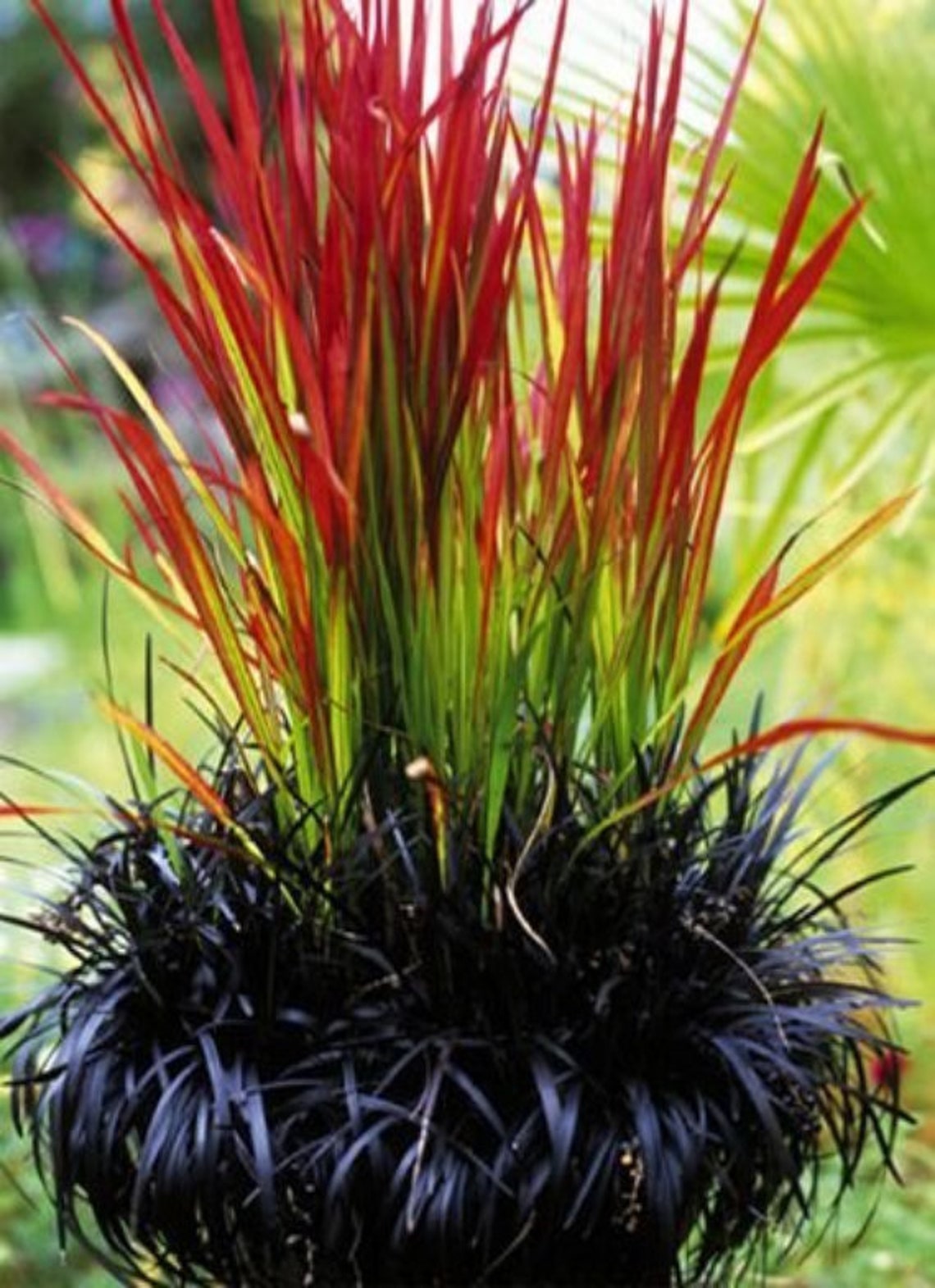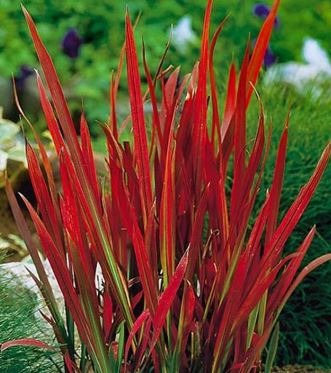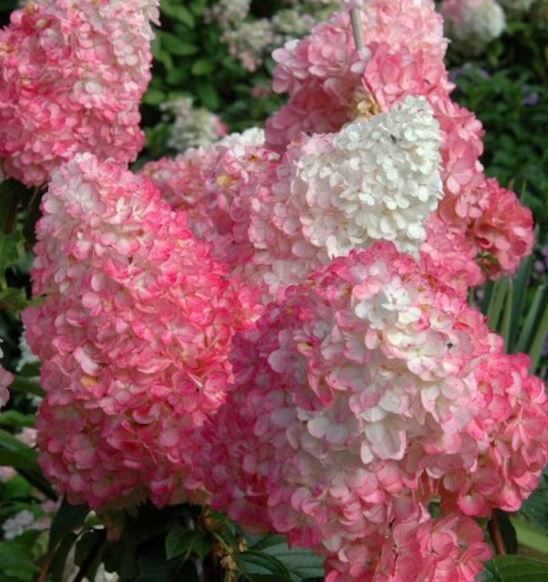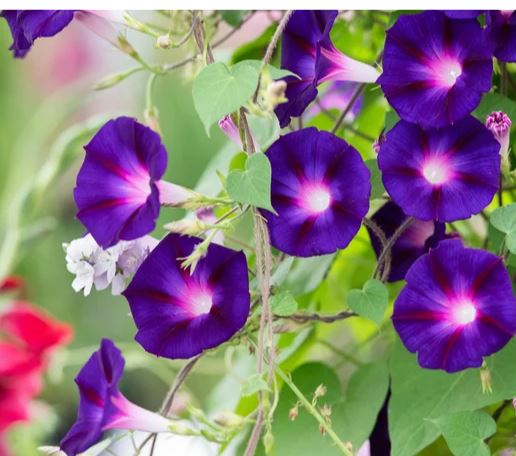
Blood Grass
Are you looking to learn more about the Japanese Blood Grass? This striking ornamental grass is a popular choice for gardens around the world thanks to its striking red foliage and its ability to thrive in a variety of conditions.
Native to Japan, the Japanese Blood Grass (Imperata cylindrica) gets its name from the deep red color of its leaves. The tips of the blades are pointed, giving the grass a delicate, feathery look. It’s an evergreen perennial grass, which means it will come back year-after-year. It also has the ability to remain green in cold winters, adding color to your garden even when everything else is brown.
One of the advantages of Japanese Blood Grass is its hardiness. It’s able to withstand a wide range of temperatures, from warm climates to cold. It requires full sun to partial shade and prefers moist, well-drained soils. It’s also low-maintenance and can tolerate drought conditions.
In its native Japan, Japanese Blood Grass is used to create what are called “karakusa” designs. It’s often used in traditional Japanese gardens to create a pattern of waves and circles. It’s also used to create a wave-like pattern in a garden and can be trimmed or left to grow naturally.
Japanese Blood Grass is a great choice for landscaping and can be used to create a variety of interesting looks. It can be planted as a groundcover, used to edge a walkway, or left to grow naturally in a shaded area. It’s also a great choice for container gardening, as it’s able to thrive in pots and can be brought indoors for the winter months.
So if you’re looking for a striking ornamental grass for your garden, Japanese Blood Grass is a great choice. It’s hardy, low-maintenance, and has a unique look that’s sure to add interest to any garden.
Care Guide
Here’s a care guide to help you maintain and nurture your Japanese blood grass:
- Planting:
- Choose a well-draining location with full sun to partial shade. Japanese blood grass prefers at least 6 hours of sunlight per day.
- Prepare the soil by adding organic matter to improve drainage and fertility.
- Dig a hole that is slightly larger than the root ball of the plant and place the grass in the hole at the same level it was growing in the pot.
- Backfill the hole with soil, gently firming it around the roots.
- Watering:
- Japanese blood grass has average water needs. Water the plant regularly to keep the soil consistently moist, especially during dry spells.
- Avoid overwatering, as it can lead to root rot. Ensure the soil is well-drained to prevent waterlogged conditions.
- Mulching and Weed Control:
- Apply a layer of organic mulch, such as bark chips or straw, around the base of the plant. Mulching helps retain soil moisture, suppress weeds, and regulate soil temperature.
- Keep an eye out for weeds and promptly remove them to prevent competition for nutrients and water.
- Fertilization:
- Japanese blood grass generally does well without heavy fertilization.
- In early spring, you can apply a balanced slow-release granular fertilizer around the base of the plant according to the package instructions.
- Alternatively, you can use a liquid fertilizer diluted to half strength once every 4-6 weeks during the growing season.
- Pruning and Maintenance:
- Japanese blood grass is a low-maintenance plant, but it benefits from occasional grooming.
- In late winter or early spring, before new growth appears, trim back the foliage to a few inches above the ground to rejuvenate the plant.
- Remove any dead or damaged foliage throughout the year.
- Winter Care:
- Japanese blood grass is hardy in USDA zones 5-9. In colder regions, provide winter protection to ensure its survival.
- Apply a thick layer of mulch around the base of the plant in late fall to insulate the roots from freezing temperatures.
- If you experience extremely harsh winters, you can also cover the plant with a layer of burlap or a plant cover.
- Division:
- Over time, Japanese blood grass may become crowded, leading to reduced vigor. Dividing the plant every 2-3 years can help rejuvenate it.
- Dig up the plant in early spring or late fall, and use a sharp spade or garden knife to divide the clump into smaller sections.
- Replant the divisions in prepared soil, making sure to water them thoroughly.
By following these care guidelines, you can enjoy the beauty of your Japanese blood grass and maintain its health and vitality.
Any Questions about your purchase?
Please message on the store you have bought from or you can email us at [email protected]. We’ll be happy to help!





